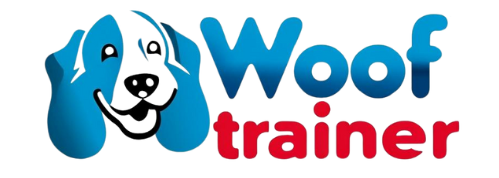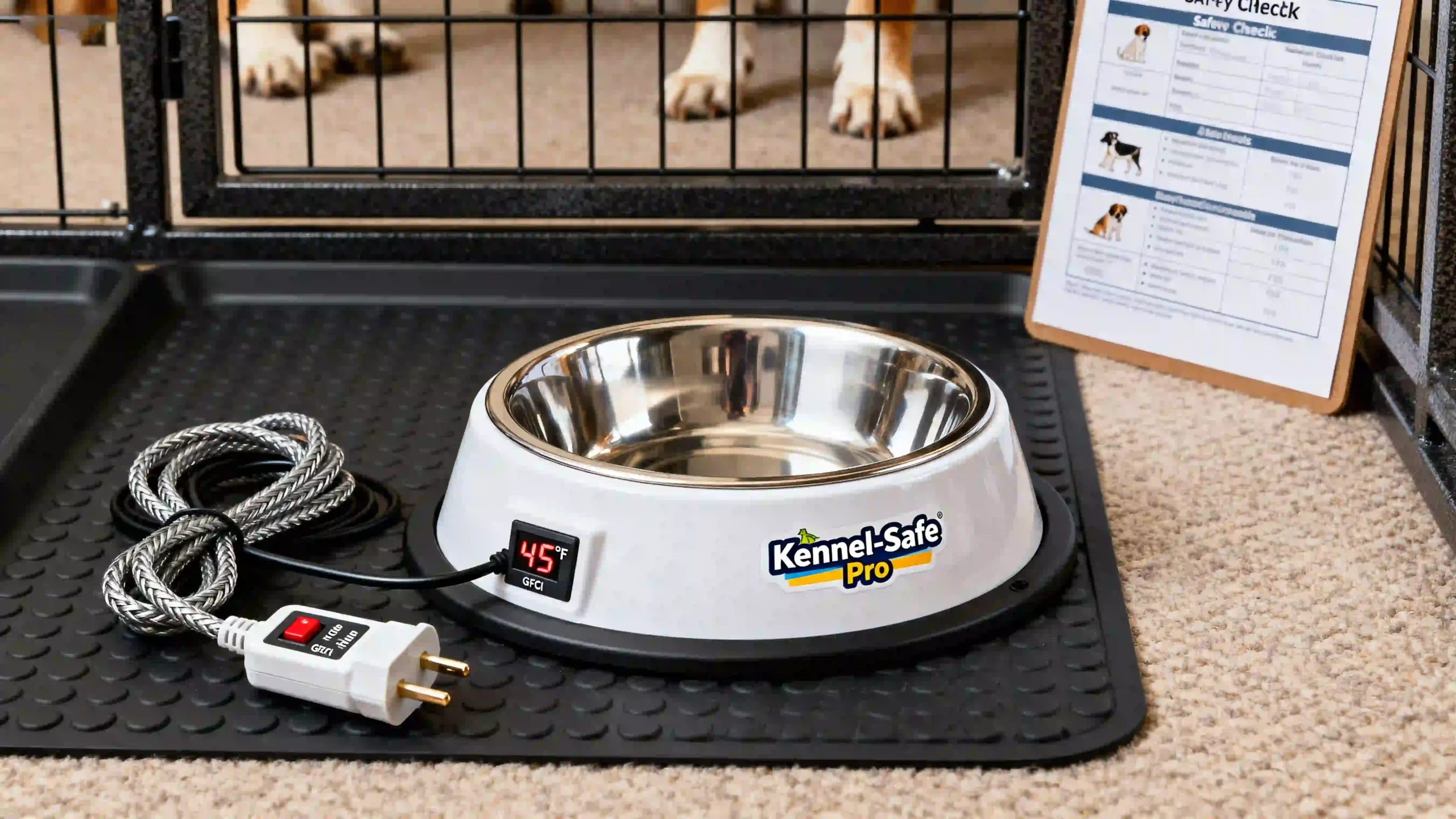You operate a boarding facility through long, freezing winters. Your dogs depend on you for clean, accessible water at all times. When using electric heated dog bowls, safety is not optional—it’s foundational. The right setup ensures kennel compliance, protects animals and staff, and prevents accidents. Here’s how to make sure your facility is truly safe.
1. Understand the Regulatory & Licensing Landscape
- In many jurisdictions, boarding kennels are required to keep electrical sockets and appliances secure and protected against damage per licensing guidance. For example, UK’s licensing guidance stipulates that any electrical appliances in dog rooms must be safe and well‐maintained.( GOV.UK)
- Local building codes, animal welfare standards, or kennel inspection programs may require staff training, documented maintenance, safe wiring, and proof of safety compliance.
- Ensure your facility’s policies reflect and exceed minimum standards—this reduces liability and ensures peace of mind.
2. Wiring & Electrical Setup
- Use outdoor-rated, waterproof, or splash-proof electrical outlets (GFCI where required). Avoid exposing plugs to snow, water, or melted ice.
- Avoid wiring with extension cords unless absolutely safe and rated; many product makers warn against using extension cords because of voltage drop, potential overheating, or tripping hazards.
- Ensure circuits aren’t overloaded—each heating unit draws a wattage load; several bowls on the same circuit can exceed safe limits.
- All wiring and installation should be done or inspected by a qualified electrician familiar with kennel environments.
3. Product & Material Safety Features
When you purchase bowls, prioritize:
- Sealed heating elements so moisture or thawed snow can’t reach live electrical parts.
- Heavy-duty, chew-resistant cords; cord insulation that resists cold cracks.
- Thermostatic control to ensure heating only happens when needed. Units that shut off when ambient/water temp exceeds threshold both save energy and reduce overheating risks.
- Durable bowl materials (e.g. stainless steel or durable plastics certified for low-temperature use) that don’t crack or peel when water freezes or temperatures fluctuate.
4. Placement, Installation & Shelter
- Place heated bowls inside sheltered or partially enclosed sections of runs to reduce wind exposure; wind dramatically increases risk of surface freeze and electrical exposure.
- Elevate bowls slightly to avoid contact with melting snow, pooled water, or mud.
- Secure bowls so they’re stable and tip-resistant—when dogs bump them, they should not spill water over outlets or cords.
- Position electrical outlets such that cords run a safe, short path; avoid placing cords where dogs might chew, step on, or trip over them.
5. Staff Training & Procedures
- All staff must understand safe dog bowl usage, including how to inspect wires, check thermostats, clean properly, and identify hazards.
- Provide written guides and posted signs. Consider integrating with broader practices in Why Heated Water Bowls Are a Breeder’s Best Friend in Winter so everyone understands both safety and hydration priorities.
- Include safety checks in daily routines: look for exposed wires, check heater operation, verify water temperature is not scalding or too cold.
- Train staff in response protocols: what to do if a bowl malfunctions, overheats, or cord is chewed.
6. Cleaning & Maintenance for Safety
- Clean bowls daily to prevent debris, slime, or food buildup that can trap moisture, reduce heat transfer, and cause localized overheating or electrical stress.
- Sanitize weekly with pet-safe disinfectants. Chemicals should be compatible with bowl’s material and avoid degrading seals, cords, or heating elements.
- Inspect electrical components monthly: look for wear, brittleness, corrosion on plugs; thermostat misbehavior; impaired insulation.
- Replace damaged bowls, cords, or components immediately. Minor damage can quickly escalate in a boarding facility where usage is heavy.
7. Monitoring & Redundancy
- Implement monitoring systems: logs, visual inspections, possibly water temperature sensors. Record when bowls are checked and when repairs occur.
- Maintain backup bowls or alternate water sources in case one unit fails. Redundancy reduces risk and helps stay compliant.
- Consider automated alerts or indicators for power failures or when water freezes in less obvious ways (e.g. partial freeze or crust forming on the surface).
8. Safe Features vs Common Mistakes
Here’s a comparison of safe features and what to avoid:
| Safe Features | Common Mistakes |
|---|---|
| Sealed circuits, thermostat-controlled heating | Running units continuously in all weather regardless of temp |
| Chew-proof cords, protected wiring | Weak cords exposed, chewed, damaged insulation |
| Outlets protected (GFCI, waterproof) | Plugs exposed to snow/water, outlets low to ground or unprotected |
| Regular inspections & staff training | Letting staff assume “it’s working” without checks |
| Stable bowls, tip-resistant, elevated placement | Bowls on uneven ground, near edges, subject to tipping or flooding |
9. Specific Use Cases & Examples
- A boarding facility in upstate NY replaced standard heated bowls with units having sealed electronics and chew-proof cords. They found wires lasted the full winter without replacement—previously they replaced several cords per season.
- Another facility leveraged installation shelters and windbreaks so bowls spent less energy fighting wind chill; wiring stayed dry and safer.
These practical tips complement what’s described in How to Maintain Heated Dog Bowls in Busy Kennels and How to Install Heated Dog Bowls Safely on the Farm to make safety part of daily workflow.
10. Final Safety Checklist
Before winter sets in, ensure your facility has:
- All heated bowls tested, with proper wiring and outlets in place
- Staff trained in safety, usage, emergency protocols
- Backup units ready & stored
- Documentation: safety logs, maintenance records, licensing compliance evidence
Implementing safety guidelines reduces risk of injury, fire hazard, or damage—and saves cost from accidents or regulatory penalties.
FAQ
-
What outlet protection is required for electric heated dog bowls in boarding facilities?
Outdoor-rated sockets with ground-fault circuit interrupters (GFCI) are strongly recommended. Outlets should be elevated, waterproof or splash-proof, and avoid exposure to snow or water. -
Can I use extension cords safely with heated bowls?
It’s risky. Many manufacturers advise against using extension cords because of voltage drop and potential overheating. If used, the cord must be heavy gauge, outdoor rated, and placed safely. Avoid as a permanent solution. -
How to check if the thermostat on a heated bowl is working correctly?
Monitor when it turns on/off relative to ambient/water temperature. In sub-freezing temps, the unit should heat; when temps rise, it should shut off. If the unit runs constantly or never turns on, thermostat or sensor may be faulty. -
What type of wiring/cord protection is best?
Chew-proof or steel-wrapped cords, thick insulation, protected entry points into bowl housing. Avoid cords lying on the ground or under snow, and ensure no loose or frayed segments. -
How often should I inspect my heated bowls for safety issues?
Visual checks daily, deeper inspections weekly (electrical components, seals), full safety review before and during the winter season. Logs or checklists help. -
What licensing or compliance standards should I be aware of?
Licensing in your area may specify appliance safety, staff training, equipment condition. For example, UK’s guidance requires electrical appliances in dog rooms to be safe and secure. (GOV.UK) Always check local regulations relevant to boarding facilities. -
How to reduce risk of fire or shock from heated bowls?
Use sealed electronics, thermostats, proper outlets (GFCI), chew-proof cords, regular maintenance. Make sure water cannot bridge electrical components or reach live parts. Disconnect units before cleaning or when wet. -
What emergency protocols should boarding facilities have related to bowl failures?
- Backup water sources ready
- Staff trained to respond to cord damage or bowl overheating
- Procedures to safely turn off power
- Records of inspections and failures to help identify recurring issues and prevent future incidents


